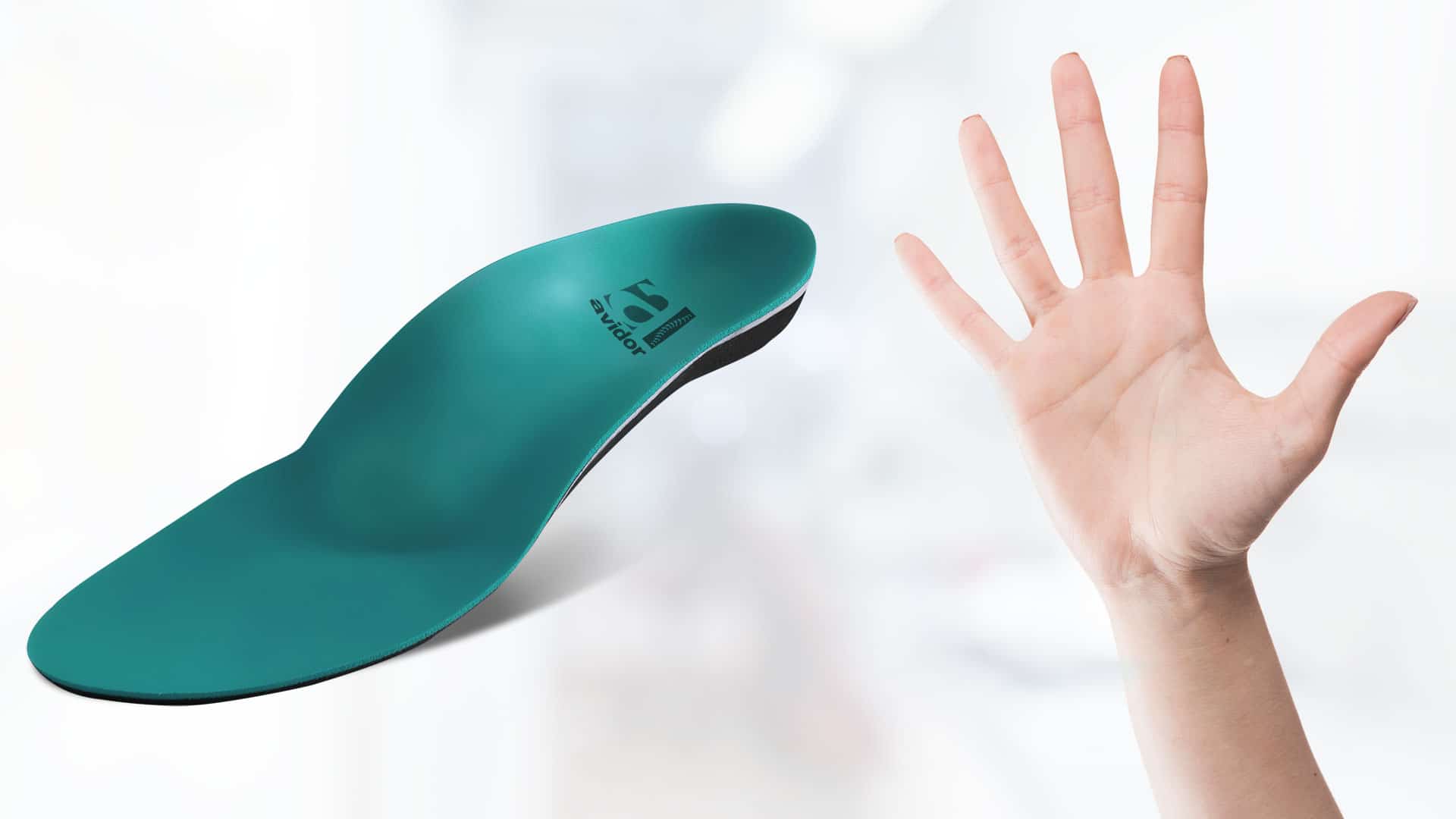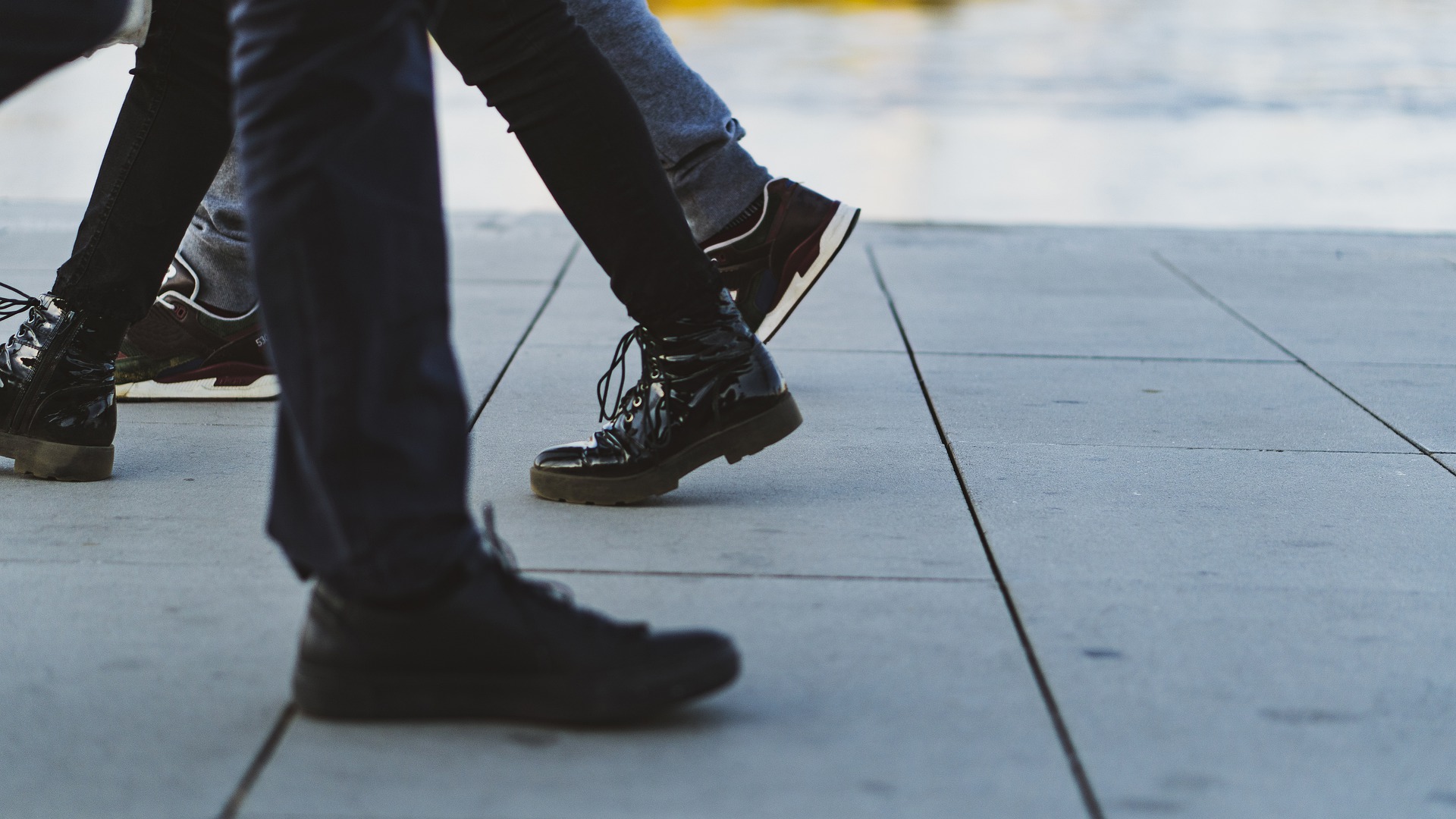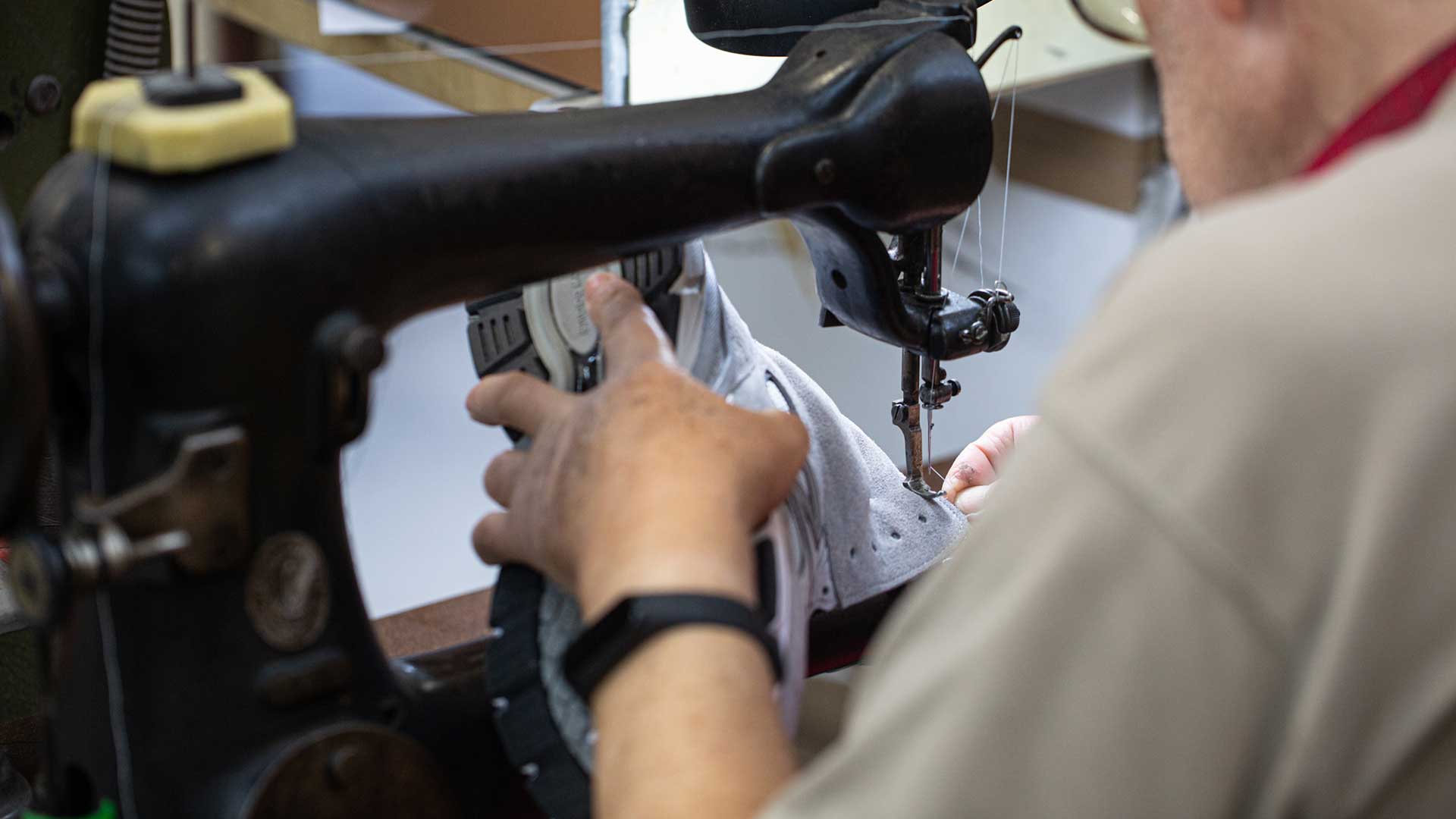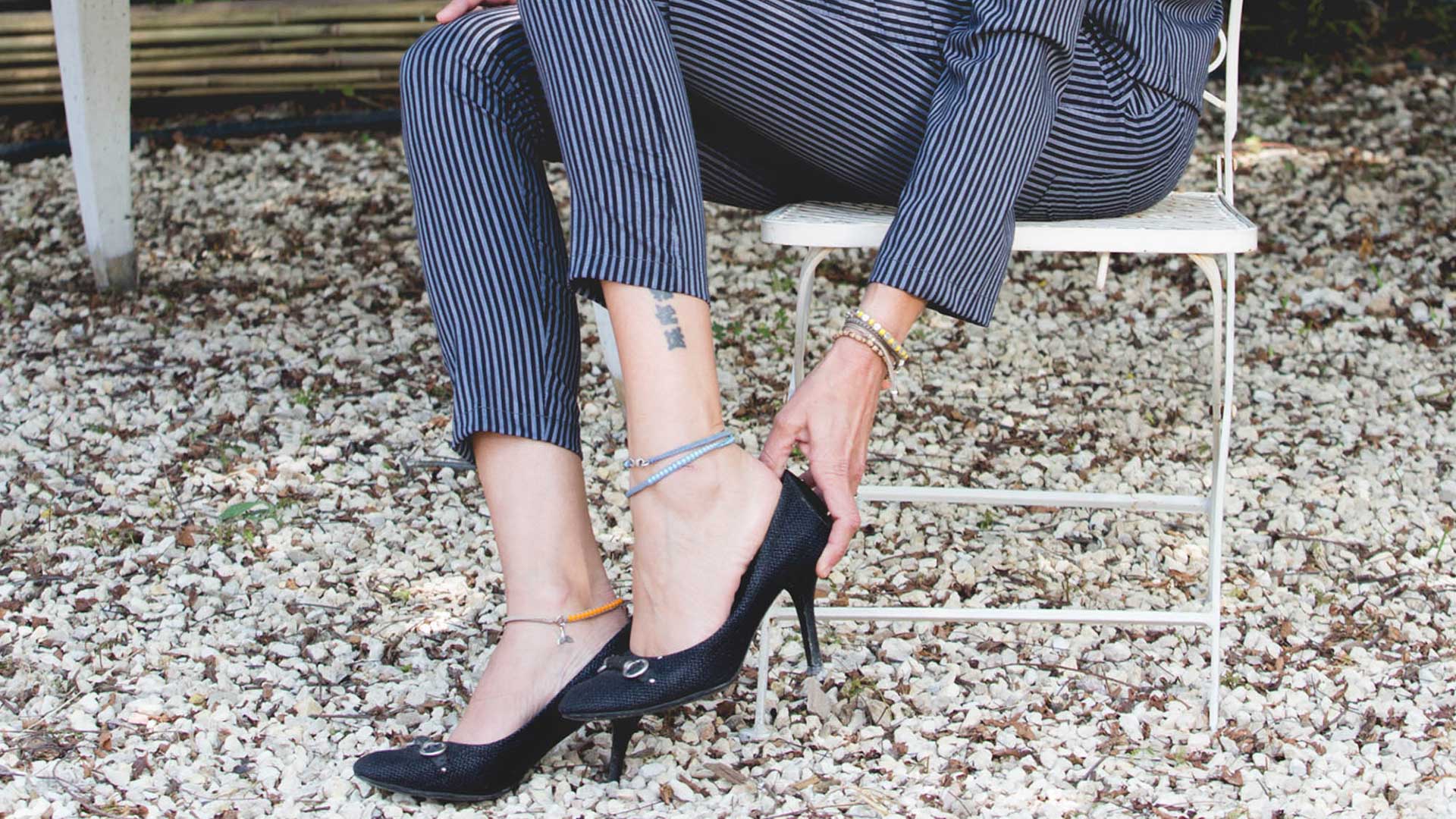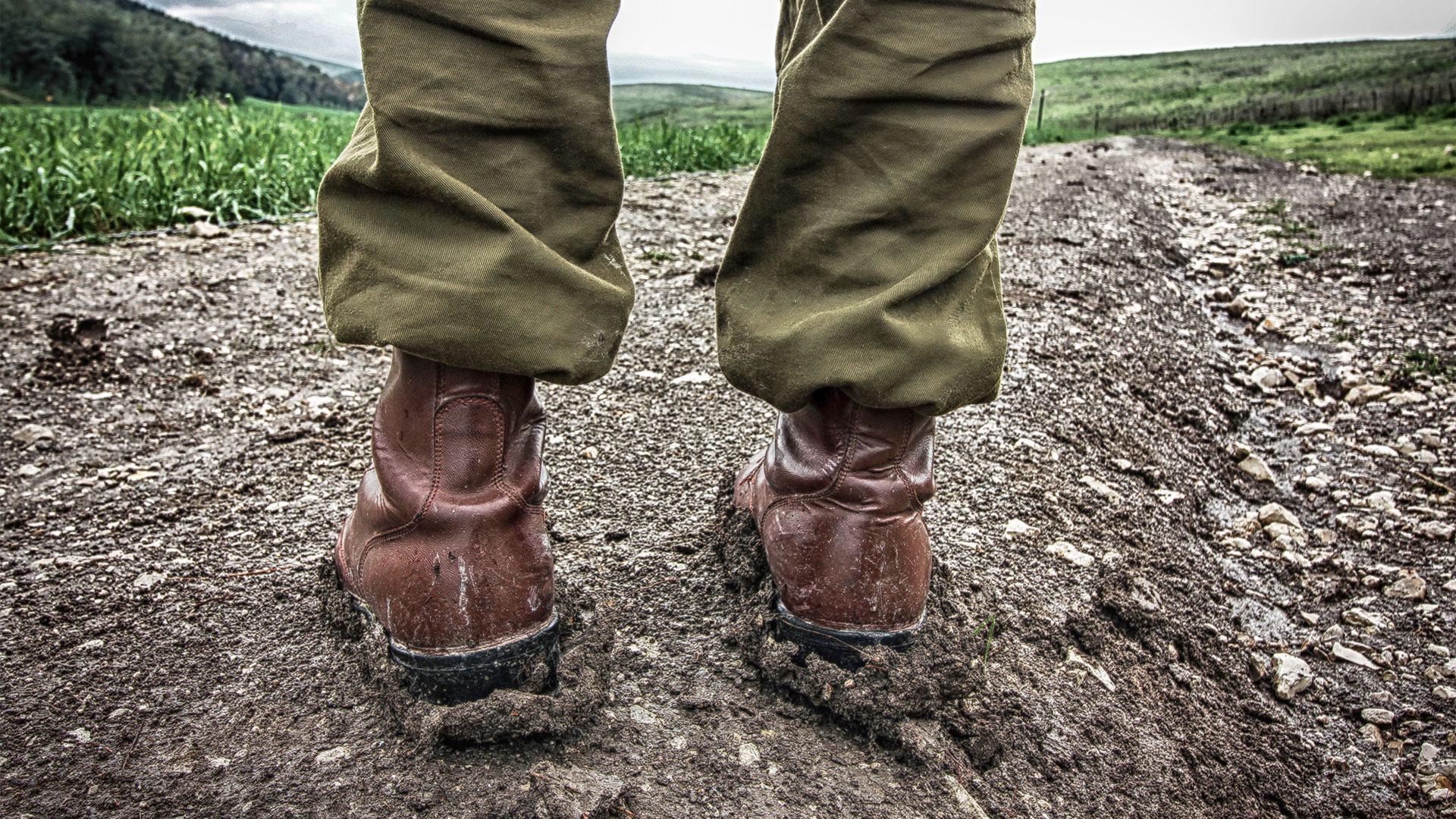The big day has come: you are emotionally hugging your mom and dad and get on the bus that will take you from the recruiting office to the military induction center. One of your first stops during the recruitment process will be the quartermaster’s warehouse, where you will be provided with all the equipment that will use during the years of your military service.
Along with the kitbag, dog tags, uniform and towels, you will also get a pair of combat coots. By definition and their designation, military boots are quite different from the shoes you are used to wearing: they are very high (to protect the ankle during intensive field action), heavy and have no shock absorption features.
Incorrect use of combat boots may harm your legs, knees and spine. Therefore, we have compiled several guidelines to help you adjust the combat boots and make them comfortable to wear during you mandatory and even the potential standing army service:
- If you suffer from such problems, as flat feet, it is important to inform the army physician regarding this matter in order to be checked immediately at the military induction center. In such case, you may be eligible to receive specially adjusted orthopedic insoles.
- If you have decided to preorder insoles, it is recommended to receive them a few weeks before the recruitment day, so you will be able to get used to them and feel as comfortable as possible.
- Do you plan to use insoles? Remember that you might needs a larger size than your regular one in order to fit the insoles easily. In addition, make sure to try the shoes that you receive at the induction center with the insoles in order to ensure that you feel comfortable.
- You can ask the army physician to prescribe light combat boots (also called “Type 2 boots”). Such shoes are visually similar to the regular combat boots (“Type 4”), but weigh 400-500 gr. less. Light shoes can be identified by a blue stripe at the top, inside the shoe. In addition, you can press on the front part of the shoe – in light shoes, the area where the big toe is located will slightly sink.
- After you provide the army physician with all the necessary permits, you will be able to receive combat boots with insoles. Such boots can be identified by a blue bottom part inside the shoe. However, it is still recommended to make sure that the insoles were specifically adjusted to your foot.
- New combat boots that you will receive at the military inception center will be extremely rigid. It is important to soften them immediately. The simplest way is to put oil on them and allow the shoe leather to absorb it before you start wearing the shoes on a regular basis. Continue putting oil on the shoes once a day for several weeks. In case you didn’t bring any oil from home, you can put a few drops of gun oil that will be provided to you by the army.
- Remember that shoe polish that you will receive from the army or bring with you will clean the shoe (as required in the military), but it will not soften the shoes. Therefore, it is recommended to purchase a special shoe polish that contains oil, in advance. Such polish will ensure that not only your shoes will be clean, but also soft and comfortable.
- Soldiers enlisted into combat units will receive two pair of shoes at the military inception center. It is very important to wear a different pair of shoes every few days to allow each pair to be softened.
- Combat boots, along with the military socks, create extreme heat around the foot. The results are excessive sweat and bad smell. To avoid bad smell, you can use a special shoe deodorizer. Alternatively, you can use baking soda: take the shoe off and put the baking soda inside it for several hours. Prior to wearing the shoe – remove the baking soda with a damp cloth.
- Important to remember: remove the insoles before using a deodorizer or baking soda.
- The way you tie the boots also effects the time it takes to soften them. Experienced soldiers recommend lacing the shoes with one shoelace, as follows: first, tie a knot at the tip of the shoelace and insert the shoelace through the lowest hole from the inside; then to the opposite hole from the outside; then to the hole above from the inside and so on. Such method reduces the pressure on blood vessels in your foot and ensures maximum comfort.


